“Trump has lowest 100-day approval rating in 80 years,” screamed ABC News at the start of this week. The ABC News/Washington Post poll, conducted by Ipsos to mark Trump’s 100th day in office, was one of a handful that have shown Trump’s approval rating dipping below 40 percent for the first time.
There is just one problem: the pollsters who are showing the worst numbers for Trump are the ones who got the election most wrong.
Take the ABC/WaPo/Ipsos poll, that showed Trump on 39 percent approval. In their final poll of the 2024 cycle, they found a three-point lead for Kamala Harris. Ipsos’s other poll for Reuters had a two-point advantage for Harris nationally. Trump ended up winning the popular vote by one and a half points.
CNN, whose polling is conducted by SSRS, puts Trump on a paltry 41 percent approval rating this week. But at the election they had Harris ahead in the state of North Carolina, six points ahead in Wisconsin and five points ahead in Michigan.
What of the New York Times/Siena College poll, often more respected? They have Trump on 42 percent approval. But look at their performance in the swing states just six months ago: they had Harris leading by three points in Nevada, two points in North Carolina, two points in Wisconsin, and one point in Georgia. In fact, they had Trump leading only in the state of Arizona: in reality, he won every swing state. Conveniently, the only other polling firm with Trump’s approval below 40 percent (AP-NORC) did not publish a voting intention poll in 2024.
You would think the editors of these esteemed media outlets would have thought twice about re-hiring their pollsters after November. But the show goes on. Since moving to the States three years ago, I have been astonished at how the mainstream media continues to reward pollsters who have singularly failed at predicting elections. In Britain, they would have been booted out within 24 hours of the result. Instead we are in a world where the least accurate polls are getting the most airtime.
What is happening in these polls? The same problem as in November: the pollsters are over-representing Harris voters. The CNN poll has more 2024 Harris voters than Trump voters. Pollster John McLaughlin has pointed out that the Ipsos poll also has more Harris voters than Trump voters. In the New York Times survey, the sample is composed of 38 percent 2024 Trump voters to 38 percent Harris voters. Trump won the popular vote, and if you want accurate surveys of voters as they are in 2025, you need to reflect that in your sample.
No polling firm is perfect, but I am confident that my firm J.L. Partners gets closer to the truth. We sample and weight based on 2024 vote to make sure we have the right amount of Trump 2024 voters. We also utilize a mixed method approach, including in-app polling that picks up voters as they are gaming or online shopping on their phones. That approach – which picks up less politically interested voters – made us the most accurate pollster of 2024, and one of the only firms to give Trump a popular vote lead.
Our numbers are not rosy for Donald Trump. His approval rating is around 45 percent, down from around 50 percent a few weeks ago. The decline to his ratings in the last few days is real, just less dramatic than people say it is.
And rather than due to some systemic aversion to Trump, the reason for the decline is more nuanced. When we ask Trump voters why they feel more negative about the president, they answer tariffs. But dig into the data, and this does not seem to be about tariffs in and of themselves, but the administration’s changed position on tariffs. Whereas before Trump had a clear story on his tariffs plan and voters had a sense he sticks to his guns, they are now confused as to what the purpose was. That has led to doubt about their savings and the impact on their wallets.
If the President wants to turn around his numbers, he needs to demonstrate to his voters that he has that plan – and put it into action. Voters respect Trump most – and any politician in the 2020s – when they demonstrate strength and certainty. That sense has wavered in the last few weeks for voters, but it is in no way lost forever. There is plenty that voters are eager to praise the administration for too: especially their performance on the border which is named by voters as the President’s biggest achievement to date.
None of this might make a difference to the fact the Republicans could be in dire trouble in 2026. Regardless of whether Trump is on 39 percent, 45 percent, or 50 percent approval, Democrats could benefit from a natural turnout advantage next November to win back Congress. In our survey a few weeks ago that had Trump on 54 percent approval, we still had the Democrats leading the Republicans by six points when it came to how people would vote for Congress.
If that is true, then there is an argument Trump should not be listening to the polls at all. If he only has two years, he might be better off putting my profession to the back of his mind and focusing on what he wants to achieve. It might be best for the President to ignore the pollsters – and especially those that were wrong wrong wrong just six short months ago.
The polls are wrong (again) on Trump
The least accurate polls are getting the most airtime
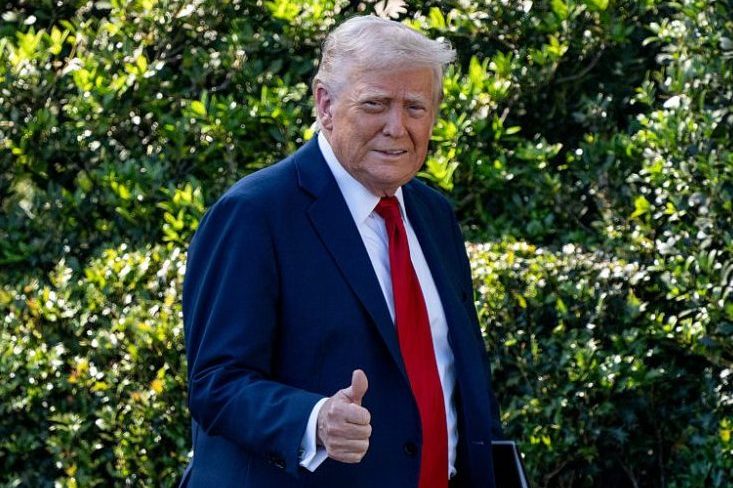
(Getty)











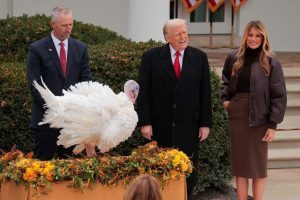

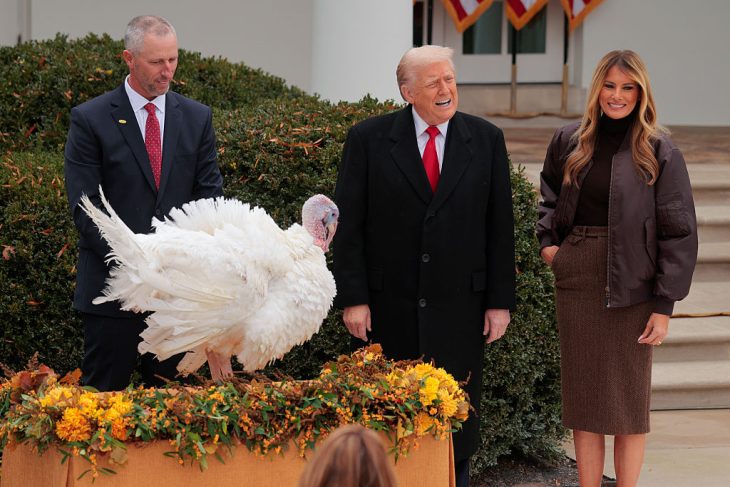

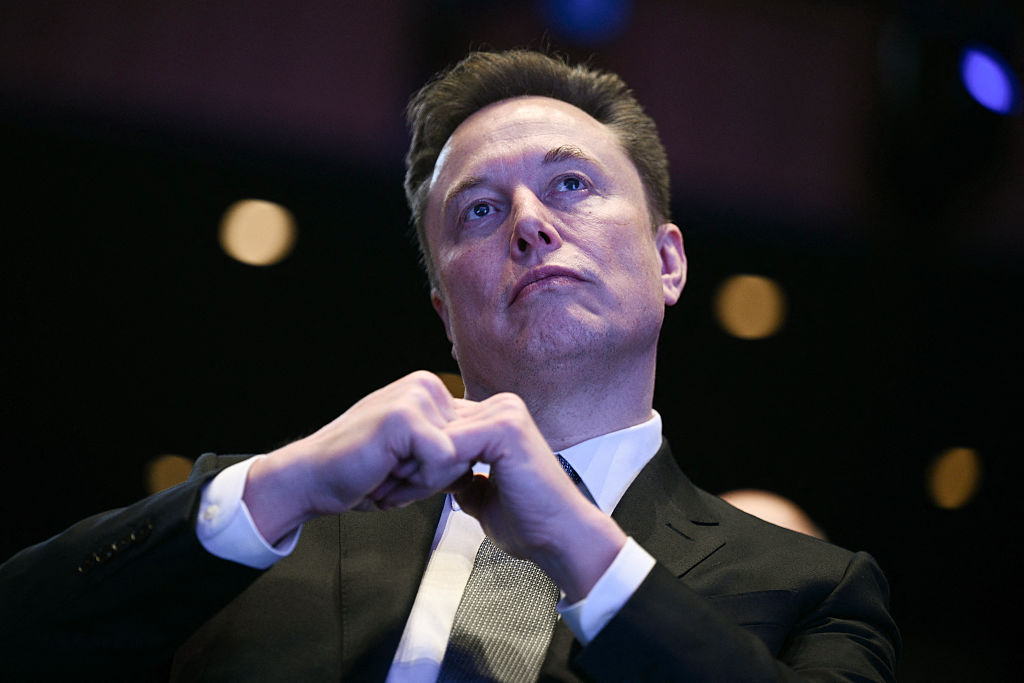

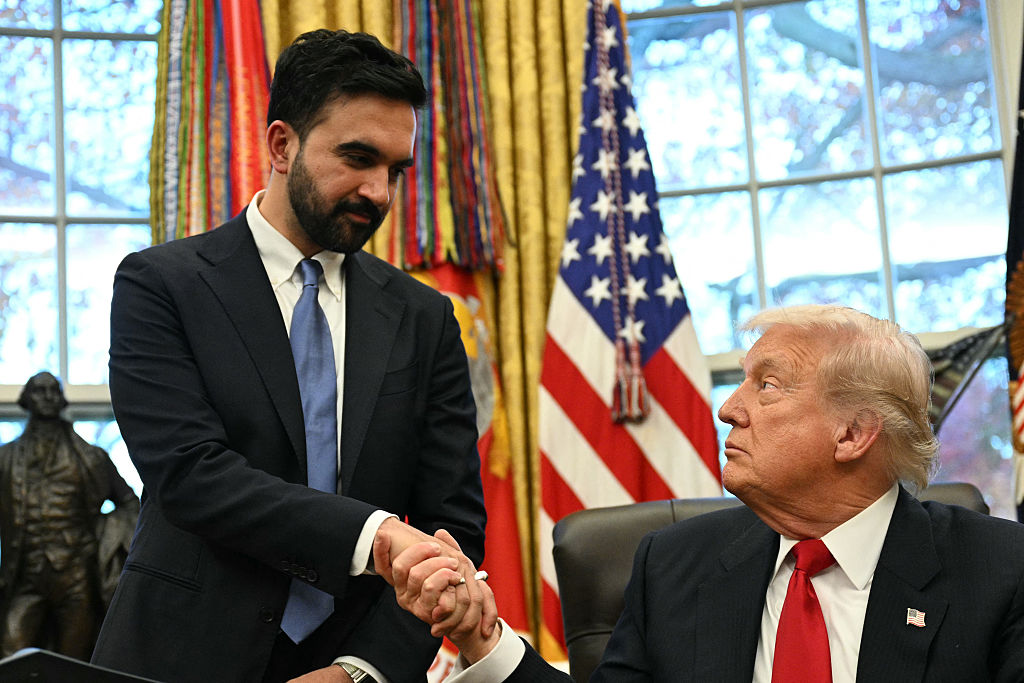







Leave a Reply